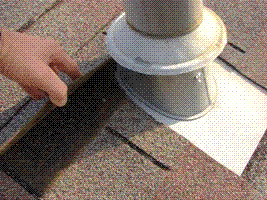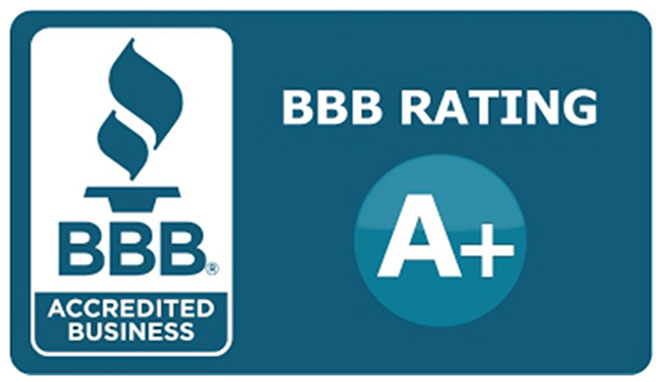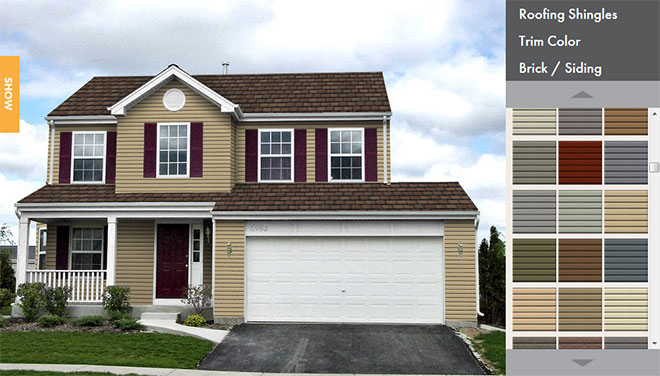by United Roofing MN | Jun 30, 2015
 Hail is an unexpected and destructive force. One minute the skies are nice and sunny on a warm, June day, and the next minute the clouds roll in, the sky turns dark, and instead of rain, the clouds unleash a flurry of ice on unsuspecting people. If your business or commercial property sustained damage from the recent hail storm that pummeled North Branch, MN, on June 29, 2015, call the professional contractors at United Roofing & Remodeling, Inc. to repair your commercial flat roof and get your business and/or commercial property back in working order again. Read more
Hail is an unexpected and destructive force. One minute the skies are nice and sunny on a warm, June day, and the next minute the clouds roll in, the sky turns dark, and instead of rain, the clouds unleash a flurry of ice on unsuspecting people. If your business or commercial property sustained damage from the recent hail storm that pummeled North Branch, MN, on June 29, 2015, call the professional contractors at United Roofing & Remodeling, Inc. to repair your commercial flat roof and get your business and/or commercial property back in working order again. Read more
by United Roofing MN | Jun 6, 2015
 While the winters in Minneapolis MN can be pretty brutal, the spring and summers can be tough as well. Between the humid temperatures and the severe summer storms, weather related roof damage is something that far too many Minnesota residents have had to deal with over the past few years. At United Roofing & Remodeling we’ve seen hail damage all across the entire metro area. Read Full Post
While the winters in Minneapolis MN can be pretty brutal, the spring and summers can be tough as well. Between the humid temperatures and the severe summer storms, weather related roof damage is something that far too many Minnesota residents have had to deal with over the past few years. At United Roofing & Remodeling we’ve seen hail damage all across the entire metro area. Read Full Post
by United Roofing MN | Jul 25, 2011
High Wind- and Impact-Resistant Asphalt Roofing Shingles Between 1991 and 1995, wind and hail resulted in an average of $8 billion in insurance payouts each year, and wind and hail damage to roofs comprises a significant portion of this cost. Hail damage to asphalt...
by United Roofing MN | Jul 7, 2011
Hail Proof Roof? No roofing material is fully hail proof. If anyone was involved in the hailstorms that went through Minnesota this summer, you know what we’re talking about. There are hail-RESISTANT roofs. These products have Class 1 through Class 4...
by United Roofing MN | Jul 1, 2011
Emerging Research and Impact-Resistant Roofing Minnesotans are no stranger to severe weather. Whether it’s snow, hail, rain, or wind, our roofs take a beating. After a brutal winter, we are now entering the rain and storm season, which means hail and tornadoes. Hail...
 Hail is an unexpected and destructive force. One minute the skies are nice and sunny on a warm, June day, and the next minute the clouds roll in, the sky turns dark, and instead of rain, the clouds unleash a flurry of ice on unsuspecting people. If your business or commercial property sustained damage from the recent hail storm that pummeled North Branch, MN, on June 29, 2015, call the professional contractors at United Roofing & Remodeling, Inc. to repair your commercial flat roof and get your business and/or commercial property back in working order again. Read more
Hail is an unexpected and destructive force. One minute the skies are nice and sunny on a warm, June day, and the next minute the clouds roll in, the sky turns dark, and instead of rain, the clouds unleash a flurry of ice on unsuspecting people. If your business or commercial property sustained damage from the recent hail storm that pummeled North Branch, MN, on June 29, 2015, call the professional contractors at United Roofing & Remodeling, Inc. to repair your commercial flat roof and get your business and/or commercial property back in working order again. Read more

 Click Here
Click Here Click Here To Use
Click Here To Use